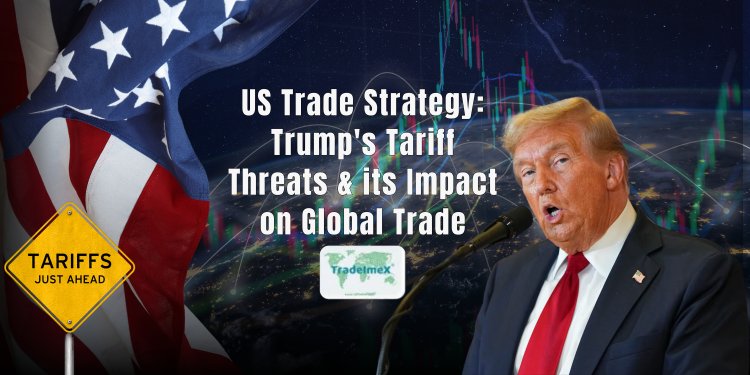Trump’s Tariff Strategy Sparks Controversy and Concerns
P resident Donald Trump is intensifying his tariff strategy as the temporary pause on certain aggressive tariffs approaches its expiration this week. Amid fluctuating global trade tensions, Trump has announced plans to impose a 25% tariff on imports from South Korea and Japan. This move marks a significant escalation in the ongoing trade conflict that has already led to widespread uncertainty in international markets.
Extra Tariffs Loom for Non-Compliant Nations
In a bold assertion, President Trump threatened to levy an additional 10% tariff on countries that align with the policies of the BRICS nations, which include Brazil, Russia, India, China, and South Africa. He emphasized that this tariff would apply to what he termed “any country siding with the Anti-American policies of BRICS,” raising alarm among numerous nations that export goods to the U.S.
Impact on Global Supply Chains
The implications of Trump’s tariffs extend beyond the immediate economies of the targeted nations. Analysts warn that his confrontational approach to global trade could reshape business operations in Asia and potentially disrupt vital supply chains. Many firms are already reconsidering their supply strategies in anticipation of the upcoming tariff changes.
An Insight into Economic Dynamics
The suspension period for certain tariffs, initially perceived as a reprieve for businesses, has not alleviated the overarching anxieties associated with Trump’s trade policies. As companies prepare for the tariffs to be reinstated, some are adopting new operational models to adapt to the shifting landscape. This adaptation may lead to increased costs for consumers and have lasting effects on international trade relations.
Responses to Tariffs and Political Developments
- International Reaction: Economists and political analysts are debating the long-term impacts of these tariffs, suggesting that they could lead to retaliatory measures from other nations.
- Business Implications: Some businesses are already reworking their supply chains to mitigate potential losses caused by increased import costs.
- Local Economies: While some sectors might benefit from protectionist policies, experts warn that many consumers will feel the financial strain of increased prices.
Current U.S. Tariff Overview
| Country | Current Tariff Rate | Proposed Additional Tariff |
|---|---|---|
| South Korea | 25% | N/A |
| Japan | 25% | N/A |
| Countries Supporting BRICS | N/A | 10% |




